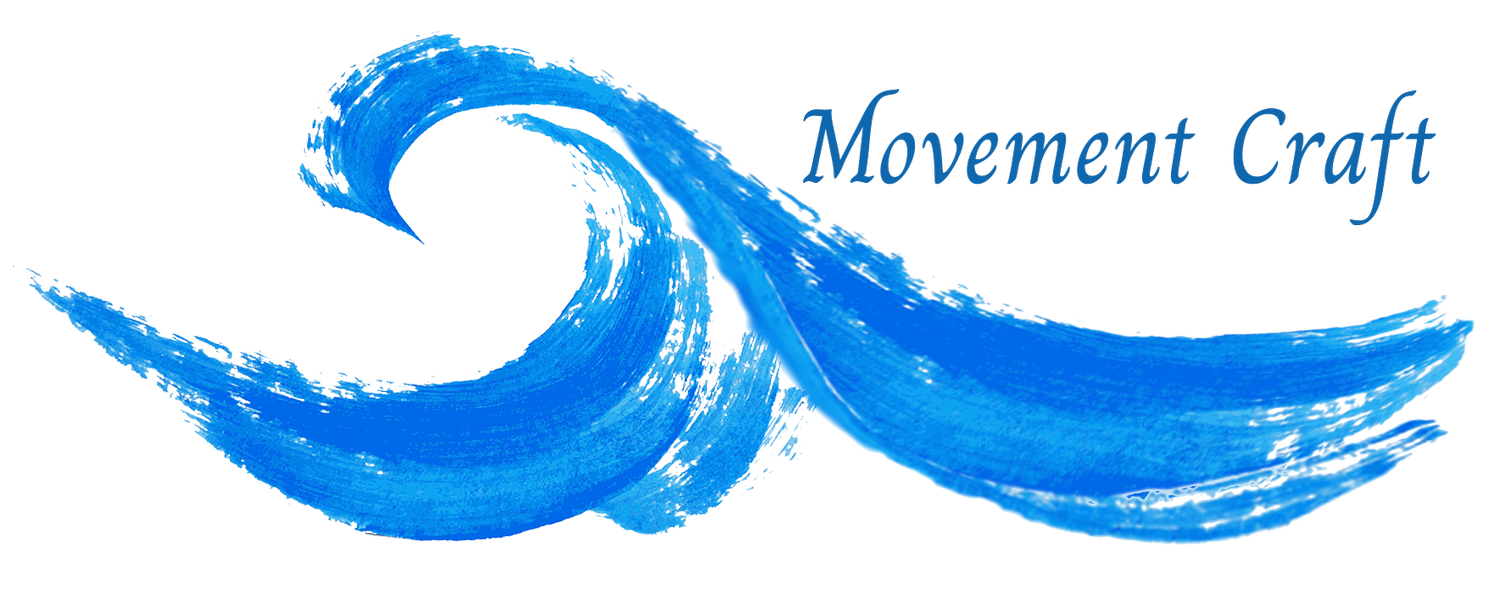The Hidden Link Between Insulin Resistance and High Cholesterol: What You Need to Know
Understanding the link between insulin resistance and high cholesterol has been a game-changer for me, and I believe it can be for you too. In a recent episode of Better Than A Pill, I had the pleasure of diving deep into this topic with two incredible health experts, Amanda Yue and Shannon Davis. Both Amanda and Shannon bring a wealth of knowledge and experience to the table, and our conversation opened my eyes to some critical insights that aren’t often discussed.
For years, I’ve been conditioned to think of LDL cholesterol as the “bad guy” and something to keep as low as possible. But Amanda and Shannon helped me see that not all LDL is created equal. There’s actually a good side to LDL that plays an essential role in our body, particularly in hormone synthesis and brain function. What’s really important is understanding the difference between the large, fluffy LDL particles (which are relatively harmless) and the small, dense particles that can contribute to plaque formation in the arteries.
One of the key takeaways for me—and something I think is crucial for anyone concerned about cholesterol and heart health—is the focus on the triglyceride-to-HDL ratio. This ratio is a much more accurate indicator of your metabolic health than just looking at your LDL levels. By dividing your triglycerides by your HDL, you can get a clearer picture of whether you might be insulin resistant. A ratio of 1.5 or lower is ideal, and achieving this can have a profound impact on your overall health.
I also learned that insulin resistance can be silently wreaking havoc on your body long before it shows up in traditional tests like A1C or fasting glucose. This is where the fasting insulin test comes in. It’s a simple, inexpensive test that can reveal so much about how your body is managing glucose. If your fasting insulin levels are high, it’s a sign that your body is working overtime to keep your blood sugar in check, which could indicate early stages of insulin resistance.
This was a huge eye-opener for me. For years, I’d been focusing on my A1C and glucose levels, thinking they were giving me the full picture. But as Amanda and Shannon explained, your body can compensate for insulin resistance for a long time, keeping your blood sugar in a normal range at the expense of overproducing insulin. By the time glucose levels start to rise, insulin resistance has often been developing for a decade or more.
One of the most empowering parts of our conversation was discussing natural solutions for managing insulin resistance and improving cholesterol levels. Amanda and Shannon introduced me to a natural supplement system that they’ve both been using with impressive results. This system includes a fiber blend that supports gut health, slows the absorption of carbohydrates, and helps prevent those post-meal glucose spikes that contribute to insulin resistance. It’s incredible to see how something as simple as fiber can make such a significant difference.
Diet also plays a crucial role in managing both insulin resistance and cholesterol. Shannon emphasized the importance of reducing processed foods, controlling carbohydrate intake, and incorporating time-restricted eating into our routines. These aren’t just theoretical concepts—they’re practical steps that you and I can start taking today to improve our health. Personally, I’ve found that focusing on protein, fiber, and healthy fats while avoiding frequent snacking has made a world of difference in how I feel. My energy levels are more stable, my cravings have decreased, and I feel more in control of my health.
I’m also learning to embrace intermittent fasting, something I was initially resistant to. The idea of going without food for extended periods seemed daunting, but as I’ve adjusted, I’ve noticed a significant improvement in my focus, energy, and overall well-being. The key is finding an approach that works for you—whether it’s a 16:8 fasting window or something more flexible.
This episode was packed with insights that have the potential to transform how we think about cholesterol, insulin resistance, and overall metabolic health. I’m excited to continue implementing these strategies in my own life and to share them with you. If you’ve ever struggled with high cholesterol or insulin resistance, I encourage you to listen to the full episode. The knowledge and tips shared by Amanda and Shannon could be just what you need to take control of your health in a way that’s sustainable and empowering.
We’re all on this journey together, and I’m grateful for the opportunity to learn and grow alongside you. Let’s keep exploring these topics and finding solutions that are truly better than a pill.
